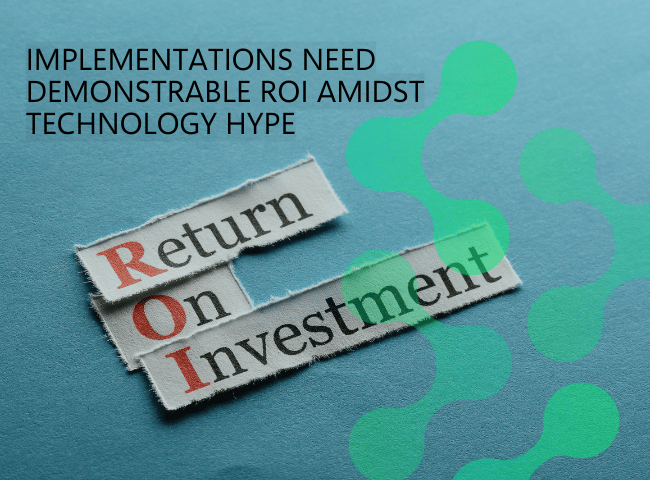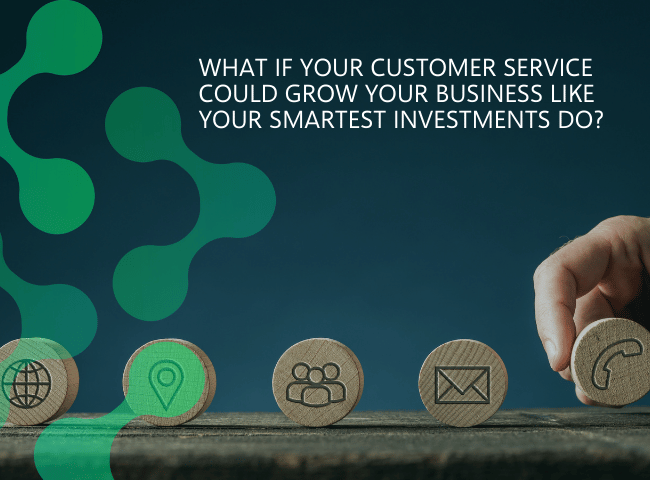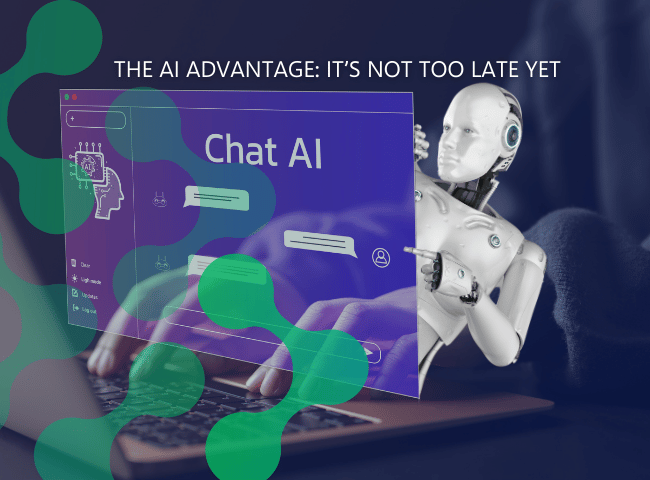
Cloud-based enterprise resource platforms have become a compelling investment for the modern enterprise, says Chris Badenhorst, Head of Azure Core Services
The global cloud-based enterprise resource platform (ERP) market is anticipated to grow at a CAGR of 18% over the next five years. It’s success story built on the foundations of artificial intelligence (AI), machine learning (ML), and cost-efficiencies. A transformative technology, it introduces deeper control over security, offers organisations measurable improvements across project and cost management, and provides organisations of all sizes with rapid access to customisable services and resources. It is also a doorway to an ERP implementation that doesn’t fall into the 70%.
This 70% is defined by how many organisations have implemented ERP solutions and failed to see the true value of their original business use cases. According to Gartner, 25% will fail completely. Legacy ERP platforms are confusing, complex behemoths that are hard to tame and difficult to manage and have left the proverbial bad taste in the business mouth.
Cloud ERP, on the other hand, introduces modular, intelligent ERP solutions customised to fit within the organisation. The business isn’t wrapped around the technology – the technology slides into the gaps and enhances systems and delivers the improvements that budgets expected. However, there are several important steps between opting into cloud ERP and seeing the value.


Tailored Cloud ERP: Built to Fit Your Business, Not the Other Way Around
The first is understanding the need.
For most companies it’s security and not becoming one of the organisations contributing to the $10.5 trillion bill that global cybercrime will demand in 2025. Cloud ERP solutions provide significantly better security than on-premise and offer more rigorous controls over data security, regulatory compliance, and other tools such as encryption as well as multi-factor authentication. Built in the cloud, the platform has exceptional failover and disaster recovery capabilities that reduce downtime and risk.
Security First: How Cloud ERP Reduces Cyber Risk
Another core need is more efficient data management and storage. ERP platforms often fail because the company has too much data and users weren’t able to optimise access and insights for improved decision-making. Data volumes are only going to increase exponentially which makes it essential to have the right storage, processing power, analytics and capabilities. For the on-premise system, this means that the company has to keep on throwing hardware at the problem which increases the costs and reduces return on investment (ROI). Cloud offers flexibility and scale at an optimised price point which makes it easy to adapt to changing data volumes and requirements.
That said, adapting to the growing volumes of data isn’t just reliant on the systems that hold it in place, companies also need to have tools that allow them to leverage the data. Cloud-based ERP does make it easier to introduce AI tools that run and compute on that data. Yes, AI is still sitting in the hype cycle which makes it both a compelling value add and a concern, but as the technology matures, cloud-based ERP simplifies integration and use cases.
Future-Proofing with Continuous Upgrades and Lower TCO
Which takes the conversation to the third need – upgrades. Nobody wants to spend a sizeable portion of the budget on an ERP that will drag its heels in the technology dust in a few years. Continuous upgrades are essential to ensuring the system has the business functionality, processing power, tools and compute; capable of handling whatever new technology or requirement emerges in the future. This is relatively effortless in the cloud – security, system and capability upgrades are what we have always dreamed off “evergreen” with limited downtime and rapid access to next-generation solutions. Always up to date versus “dated” on premise delays eliminates wastage in deriving value from latest features, eliminating time lost in deriving value from technology investments. It’s the ERP duster buster that makes keeping up with the digital Jones’ quick and effective. An on-premises solution for example, will require annual license fees, technology upgrades every 18 months and has a high total cost of ownership (TCO) without even considering the risks of downtime, power demands and more. Never mind the loss of value derived in the 18 month intervals between upgrades.
Choosing the Right Partner to Fast-Track Cloud ERP Success
Once you have selected an Implementation partner, with a proven track record and specialised expertise in both understanding your business and cloud-based ERP solutions, implementation will be relevant and aligned with ROI and speed of deployment. Cloud can slip into the business rapidly – it doesn’t take months to integrate and plan – and it’s permanently up to date. Everything from the network to the databases to the security to the hardware is effortlessly maintained and managed when cloud sits at the heart of your ERP. Getting there, that requires a partner that knows how to sidestep the errors and meet the needs.








